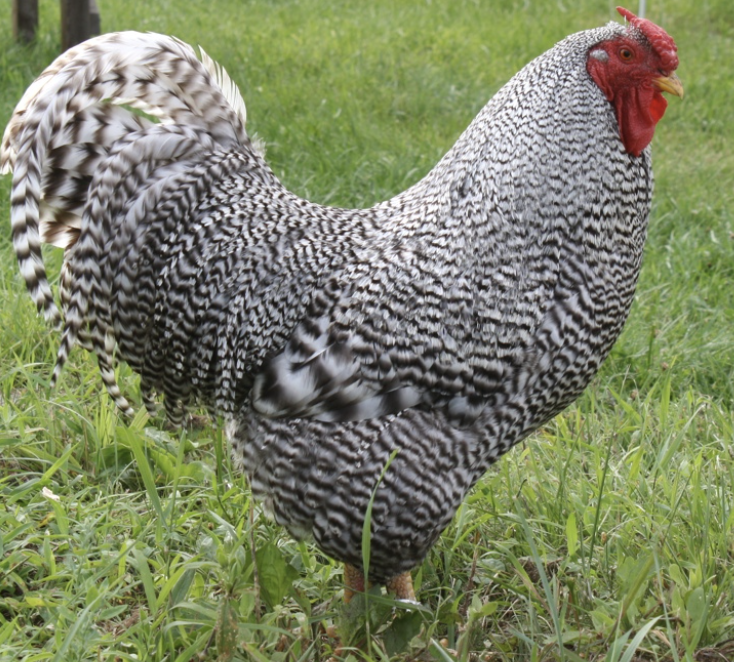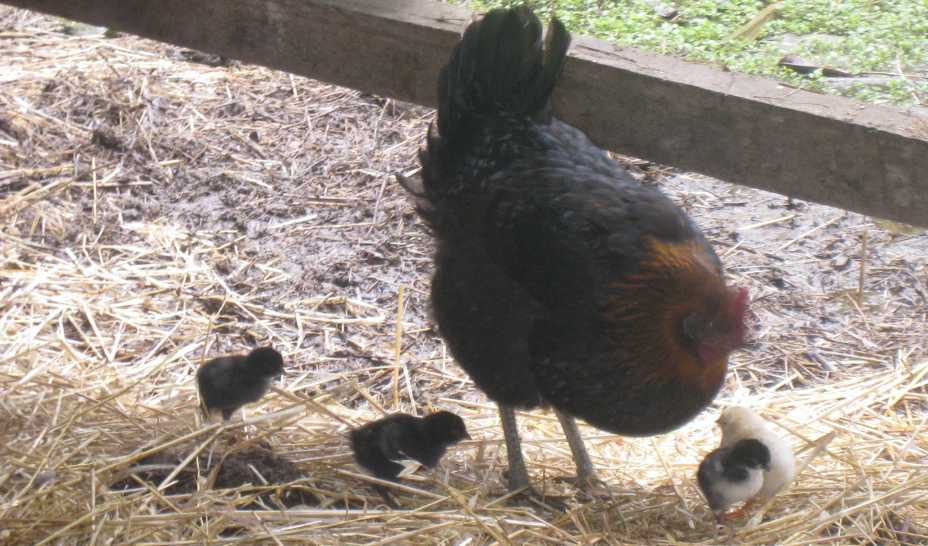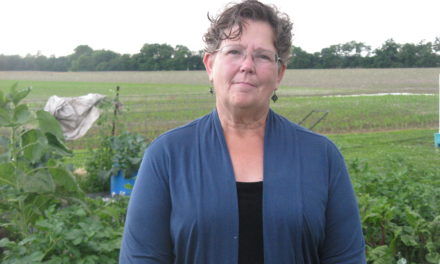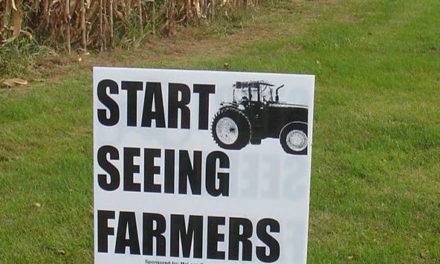Between Delawares, Dominiques and Dorkings there are so many great chickens for brown eggs. The first two are great overall homestead breeds and the Dorking is known for being a delicious table bird.

Developed in Delaware in 1940 as a table bird, the Delaware breed is also known as “Indian Rivers.” While the breed no longer dominates the meat market having been replaced with the classic Cornish Rock cross, it is still and ideal dual-purpose bird for the farmstead.
The Delaware chicks grow rapidly and feather out quickly. They are good-natured birds that, because of their size, will often be at the top of the pecking order. Their white feathering and skin make them easier to dress out. They lay anywhere from 180-260 large, jumbo eggs per year.
But, since they are no longer used commercially, they are now on the livestock conservancy watch list, making them a bird that may be harder to find. Larger combs and wattle are an issue for winter. I liked raising them, but I switched to free-ranging Cornish Cross on pasture.

Dominiques are an American class breed that was brought to northeast United States by settlers from Europe as early as 1750. They are often mistaken for a Barred Rock, but the true Dominique possesses a complex rose comb, while the Barred Rock has a single comb. In the 1970s, only four known flocks remained. It’s an example of how any kind can fall out of favor and face extinction if good breeders do not step in to save the genetic heritage.
This bird can take the heat and humidity of our area, as well as the cold because of its close feathering. The rose comb allows them to handle extreme cold well. They have a calm, steady disposition that makes them a good bird for show or as family pets. They lay anywhere from 180-260 eggs per year.
While Dominiques are touted as dual-purpose, they are fit ultimately for laying eggs, but they’re medium-sized eggs. Their striking barred black and white feathering and sweet nature make them an excellent choice for you when you are heading to Buchheit to purchase chicks for your coop.

Dorkings are known for being excellent table fowl. They are the oldest of the English breeds, with records showing that they were used at the time of the Roman invasion of Britain in AD 43. They’re different in that they have five toes and a pronounced boat shape to its body.
This breed is easy to fatten for table weight and are excellent winter layers. But they go broody after laying 35-50 eggs. They’re excellent brooders and mothers and are so loving that they will foster chicks from other hens.
Dorking pullets are slow to come to “point of lay.” They do not like to wander far from their coops, so they aren’t the best foragers. They like to roost in a tree which is surprising for such short-legged birds. Some strains are also known to suffer from poor feathering and benefit from being rained up on which will keep the feathers in tight condition.
My goal is a happy, hardy, free-range table bird that will breed true. Hope this was helpful!
Ann May






